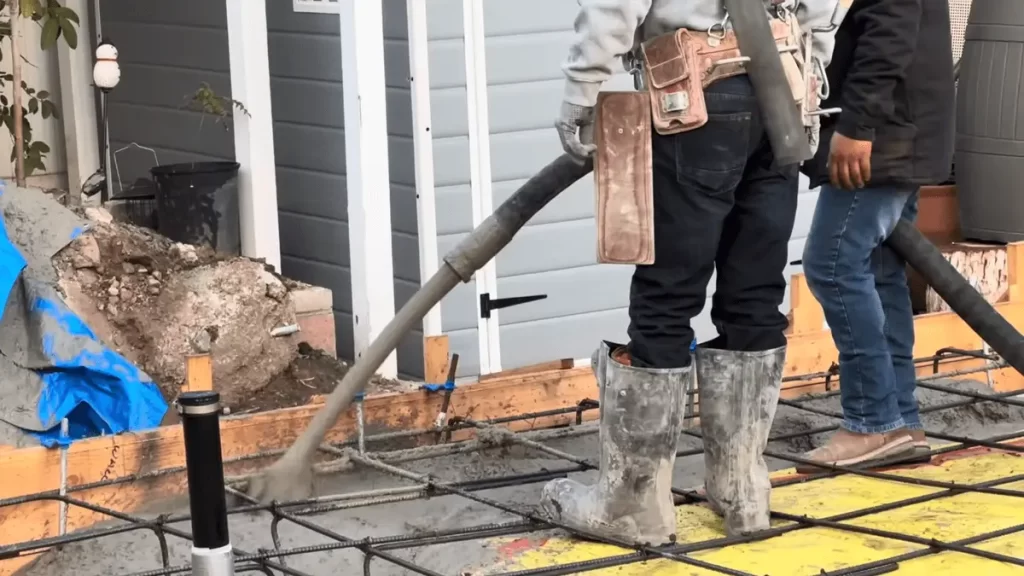What Is a Revision in Construction Submittals?


What is A Revision in Construction Submittals?
There are different types of activities that are associated with construction projects. Contractors, architects, engineers, and project managers are just some of the people who play different roles in construction. One step of this whole process is construction submittals that function as a formal record to show that there are materials, equipment, and designs that are in the project for consideration before work commences.
Different submissions may have different outcomes and some documents are more likely to require additional amendments. This leads us to ponder: what is a revision in construction submittals? The revision of construction submittals is best defined as the action of amending construction documentation in response to a particular requirement, mistake, or in order to adjust it according to what the reviewers have said.
Explaining Construction Submittals Revision Process
Revision in construction submittals is central to any construction submittals. Thus, it is pertinent to highlight the key components first. Submittals comprise such documents as shop drawings, product data, material samples, and mock-ups which contractors send for approval before acquiring any installations. Herein lies the challenge: the documents must ensure compliance with the design, building codes, and safety regulations all at once.
What Is Revision in Construction Submittals And Why Is It Important?
When details are found to be lacking, non-compliance is detected, or changes to the project need to be made a revision in construction submittals is often the final solution. Having a default, the process guarantees that all representatives possess the latest, and most accurate details.
Common Reasons for Submittal Revisions
There are different types of submittal revisions, and each serves a different purpose. There is a common practice of revising the originally submitted materials to bring them to the company standard. One of the practices is to ensure that the established building codes and safety measures are followed while submitting the materials. The most basic reason for the submission revision along these lines is the default ‘noncompliance’ submission revision. When a product, material or even a design which is to be executed is a submitted for approval but does not meet the requirements spelled out in the contract documents or is in violation of them.
The review process also uncovers discrepancies, in the dimensional values, material value grade, or even to the aspects of performance standards. All of these discrepancies make it obligatory for a revised submission to be approved. Errors or omissions, often classified as another reason, is wherein greater substantiation is needed in the recorded details provided along with the submission.
How Submittal Revisions Are Managed
Managing submittal revisions requires a level of organization in other aspects, such as project execution planning. The submittal revision process outline includes but is not limited to the following:
1. Identifying the Need for Revision
Once a contractor makes a submittal and that submittal is put through review, certain identified aspects which require further detailing which have been roughly settled need additional specification and these deficiencies noted need to be addressed before they are put through final approval. The reader, rather than going through the entire document, expects the contractor to make these amendments.
2. Keeping Track Of Revisions
In order to prevent lack of clarity and miscommunications, submittals that are revised must be provided specific revision letters or numbers. This aids in differentiating and identifying stakeholders’ documents, ensuring the most accurate and approved version is utilized in construction processes.
3. Approval Resubmission
After all the changes have been made, the contract is then obliged to resubmit the newly revised documents to the reviewing authority. During this stage, the submission will be checked again, to ascertain whether it’s met the standards and other requisites of the particular project.
4. Final Approval
When the modified documents are approved, the contractor is free to proceed to buy the materials and carry on with the installation, knowing rest assured that the materials will meet the set demands of the project.
Tracking what defines a revision in construction submittals is an essential step to take in ensuring project delays are kept to a minimum, and quality levels are maintained.
Difficulties in Dealing with Submittal Modifications
Changes to submissions must be performed, but they often pose problems. A few examples include:
1. Extensions To The Duration Of The Project
Revisions that need to be performed quite often tend to take up precious time, especially if multiple reviews and re-submits for approval are required. Difficulties such as these can limit scheduling and procurement of materials.
2. Faulty Communication
Upon contracting, many engineers and project managers tend to not fully communicate the changes that need to be made, resulting issues in document revisions. To eliminate repeating mistakes, documentation and communication must be implemented.
3. Absence of a System
Managing a number of submittal revisions can become troublesome without a tracking tool, resulting in confusion and errors. Project management software can simplify this task.
Knowing what a revision in construction submittals is and employing the best practices can greatly help mitigate these issues.
Read More: What Are Clamps Used for in Construction?
Most Efficient Methods of Handling Submittal Modifications
In order to effectively manage the edits to the workings of the project, construction teams need to implement the following recommendations in submittal revisions.
1. Define a Review Process
The presence of an established submittal review and approval workflow aids in limiting revisions as well as clarifying responsibilities to stakeholders.
2. Implement Digital Submittal Management Systems
New construction management software has features that facilitate the tracking, sharing, and updating of submittals, thus lowering the amount of paperwork needed and mistakes made.
3. Enhance Communication
Open lines of communication between contractors and architects or engineers helps to bring up issues that need to be addressed before they excessively revise submittals.
Every construction project must go through control steps to safeguard quality assurance and compliance norms – understand what a revision in construction submittals means. Revisions are known to arouse submittal changes, which are alterations of documents mulled over after mistakes, designs, materials, or regulations set forth are changed. Proper management of these revisions include documentation, communication, and the ability to effectively use updated technology to track changes.

